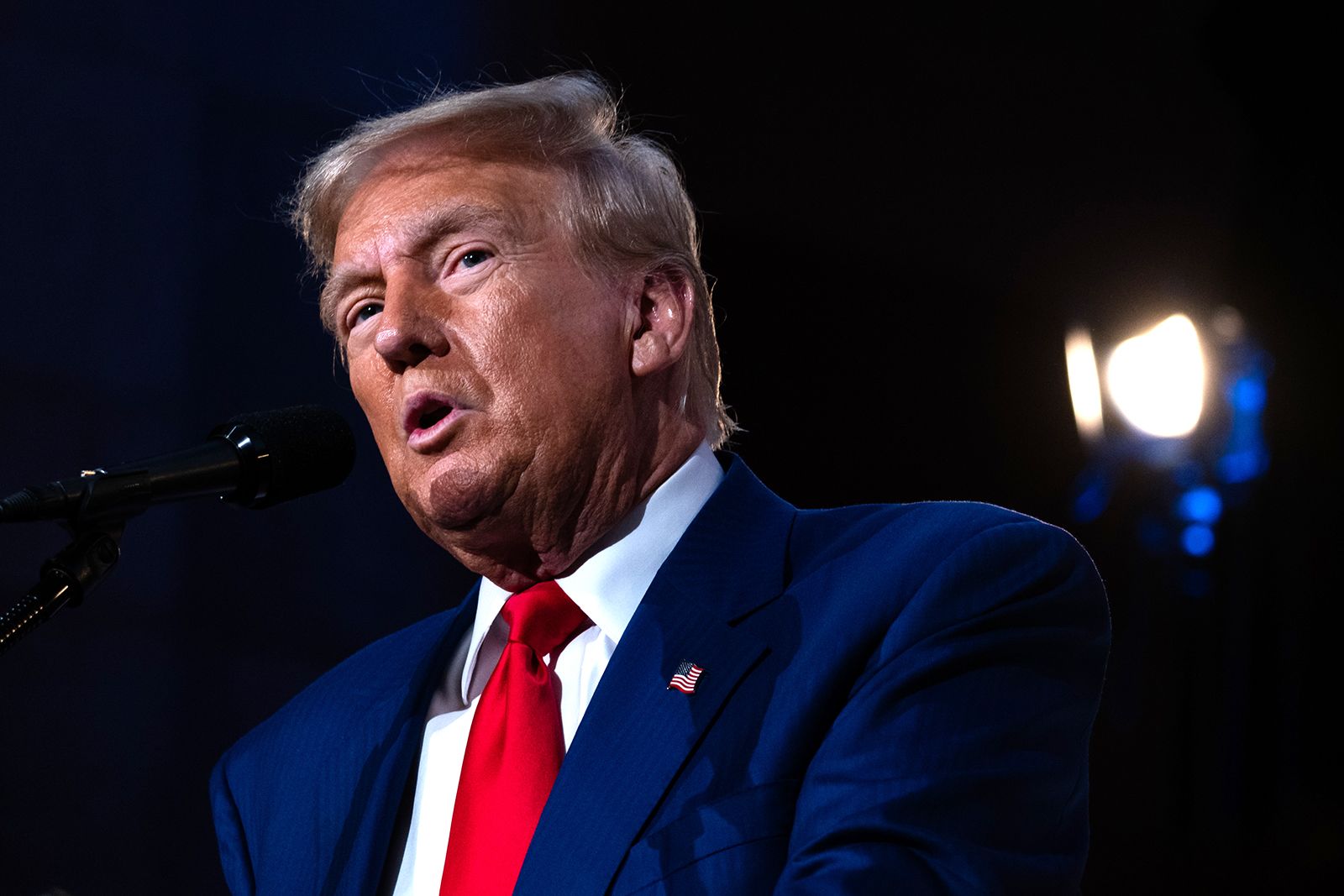Donald Trump recently made a return to Butler, Pennsylvania, the site of a failed assassination attempt on him in July. In a highly calculated move, he began his speech by referencing the shooting, positioning himself as a victim of political violence. This rhetorical strategy seemed to serve a dual purpose: reaffirming his survival while amplifying political divisions in the country.
The speech was a continuation of his familiar approach, which often invokes personal attacks on political opponents while painting himself as a target of unfair treatment, even following the second apparent assassination attempt in Florida.
After the July attack, Trump initially made remarks calling for unity, but this quickly gave way to his usual divisive rhetoric. He and his allies have used these assassination attempts as a political tool, often blaming Democrats for inciting political violence.
Trump, along with his supporters, argue that the Democrats’ rhetoric is directly responsible for the violence he’s faced, including the shooting attempts on his life. They accuse President Joe Biden and Vice President Kamala Harris of contributing to an environment where Trump is targeted, as well as suggesting that these actions are part of a broader strategy to “destroy” the nation.

Ohio Senator JD Vance echoed this sentiment, blaming Democrats, the media, and political adversaries for perpetuating a climate of hate and hostility toward Trump. Vance, like Trump, suggested that this hostile environment had made it inevitable that someone would eventually try to kill the former president.
Trump’s rhetoric was further fueled by his own son, Eric Trump, who joined in the chorus, accusing the Democratic Party of incompetence and implying that they were responsible for the attempt on his father’s life. This narrative suggests that the attack was an outcome of the Democrats’ political machinations.
During his speech in Butler, Trump reaffirmed the narrative of his victimhood. He claimed that the assassination attempt was an effort to silence him and the “MAGA movement,” linking the shooting to years of political opposition, including impeachments, indictments, and attempts to bar him from the ballot.
In doing so, he framed the assassination attempt as part of a broader, orchestrated effort to suppress his political movement and the values he represents, all while continuing to target his political enemies for blame.
However, these accusations are not supported by evidence. The FBI has so far found no clear political motive behind the first assassination attempt, labeling the attacker as a “target of opportunity” with no specific ideology. Similarly, the second would-be assassin’s grievances against Trump appeared to stem from a range of policy issues, not any partisan rhetoric from the Democrats.
Historically, political assassinations in the U.S. have been rare, and most of those carried out have been by individuals with mental health issues or personal motives, not because of political rhetoric from the opposing party.
The tactics employed by Trump and his allies represent a break from the past in American politics. Throughout history, even when presidents or candidates were attacked, political figures typically refrained from using assassination attempts as a means to score political points or accuse opponents of responsibility.
In contrast, Trump has used these incidents to inflame political tensions and deflect blame onto his rivals. This shift in political discourse, where assassination attempts are wielded as tools for division and political gain, marks a troubling departure from the norms of American political history.


